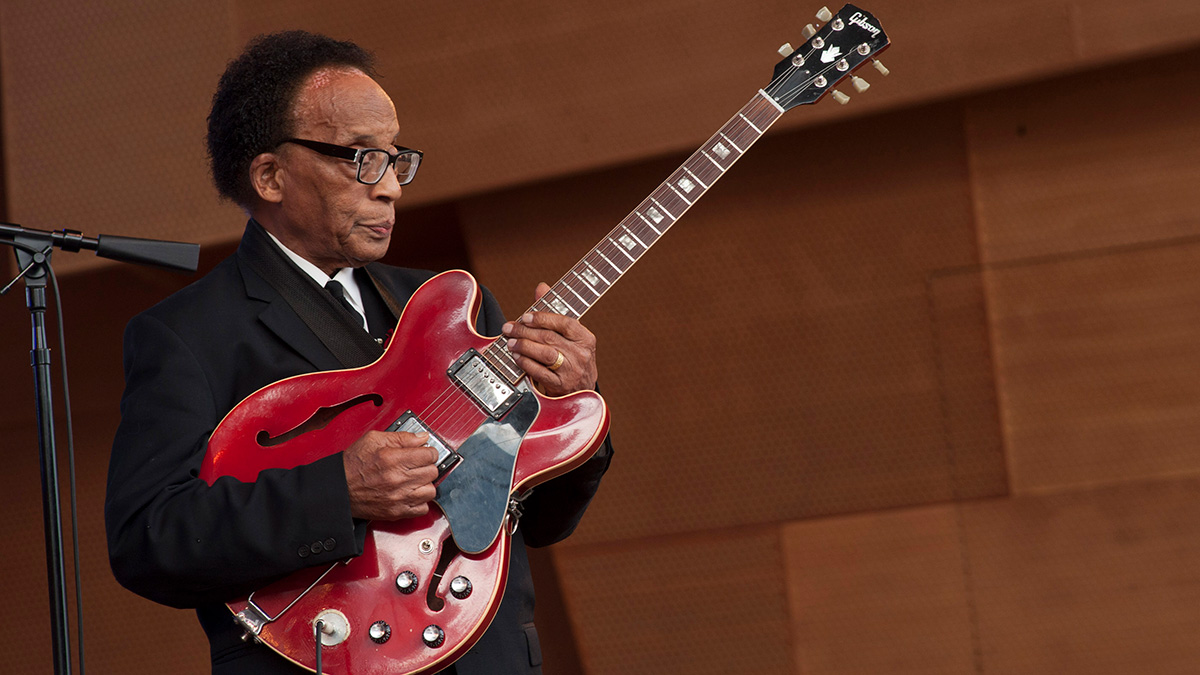“Paul wants it to be fixed up, so he can play it… He was excited as a school boy”: Paul McCartney’s long-lost Höfner violin bass has been found after 50 years
Paul McCartney has been reunited with “the most important bass guitar in history”, which vanished after the Beatles split up – and was unearthed in an English attic
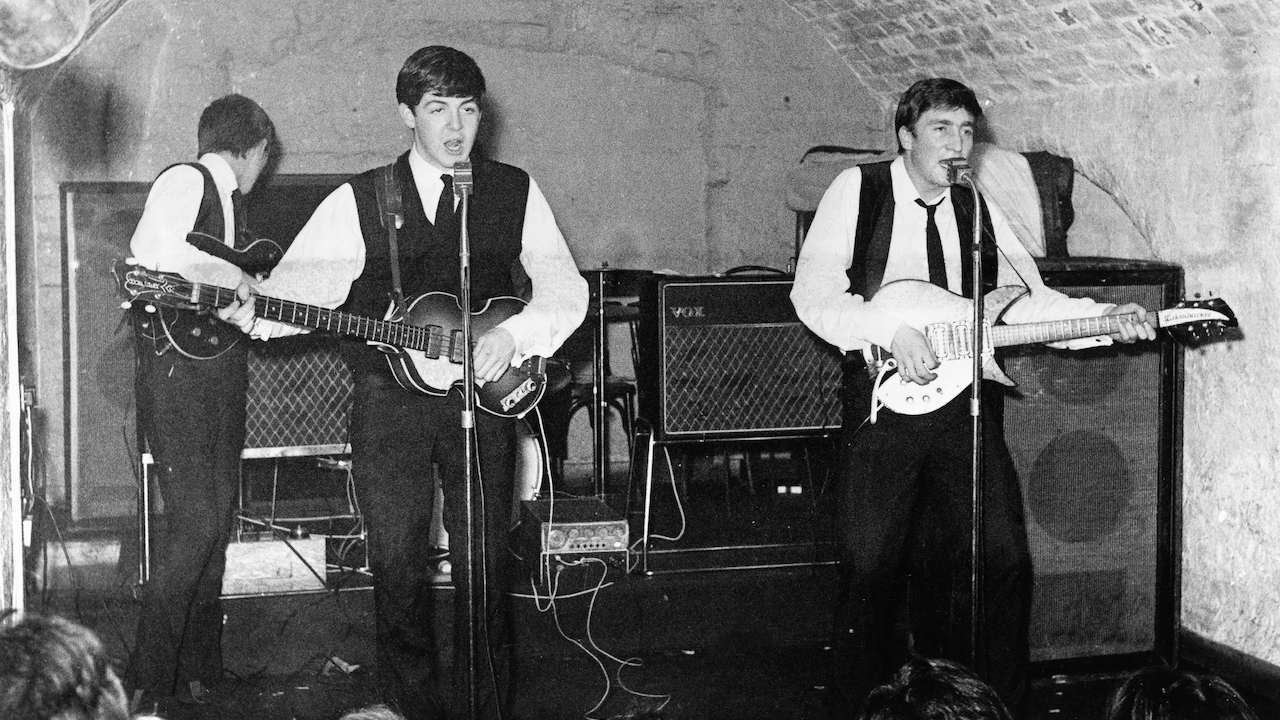
Paul McCartney’s long-lost Höfner bass – labeled “the most important bass guitar in history” for its role in the Fab Four’s formative hits – has been found over 50 years after it first went missing.
The bass – which was used on early singles including Love Me Do and She Loves You – was initially believed to have been lost in January 1969 during the recording of the Get Back/Let It Be sessions chronicled in Peter Jackson’s Get Back documentary. However, during investigations spearheaded by the Lost Bass Project, it’s now known to have been stolen three years later.
“We received information that it had been stolen from the back of a van during the night of 10th October 1972, in the Notting Hill area of London,” the Lost Bass Project shared on its website.
“This was the breakthrough we needed. As a result of further publicity someone living in a terraced house on the south coast of England remembered an old bass guitar that was in their attic. They soon realized just what they had. Within days it was back with Paul McCartney!”
“Paul’s 1961 Höfner 500/1 bass guitar, which was stolen in 1972, has been returned,” McCartney’s official site announced. “The guitar has been authenticated by Höfner and Paul is incredibly grateful to all those involved.”
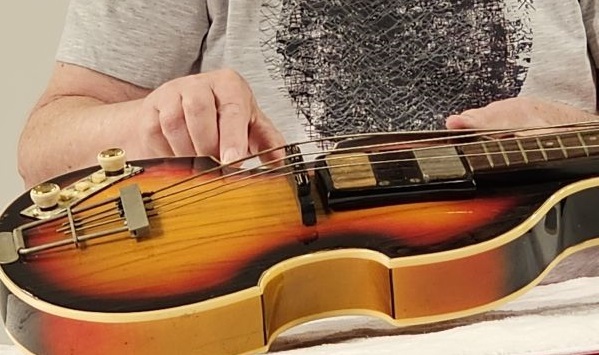
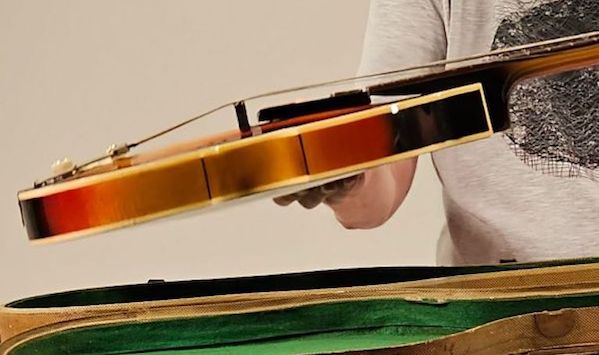
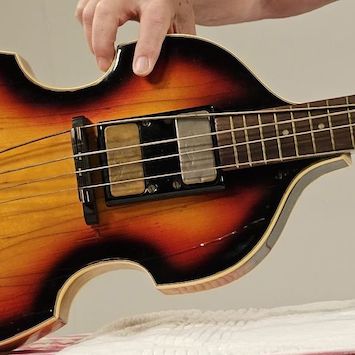
It was on the second floor of the Steinway Musikhaus in the centre of Hamburg that McCartney first purchased the German-made Höfner 500/1 violin bass – the instrument the rest of the world now calls a “Beatle bass.”
Günter Höper was one of six salesmen at Steinway at the time. “Paul McCartney bought his Hofner bass from me,” Höper told Andy Babiuk for his 2001 book Beatles Gear. “We offered a ten-payment deal, and so we had to set up a contract, for which we needed his passport number. However, Paul had left his passport at the Top Ten club, so I went with him to the club to get the passport and do the deal.” The original price of the bass was 287 Deutschmarks.
Get The Pick Newsletter
All the latest guitar news, interviews, lessons, reviews, deals and more, direct to your inbox!
“I couldn't afford a Fender,” McCartney later told Bass Player. “All I could afford was about £30. So I found this Höfner violin bass. Because I was left-handed, it looked less daft because it was symmetrical, so if I turned it upside down it didn’t have a cutaway, where everything else did. So that became my main bass.”
Höper realized that McCartney was a left-hander, and so ordered a left-handed bass direct from Höfner. The only major change was to shift the pickguard and the hole for the electronics to the opposite side of the body. McCartney went on to use this bass until October 1963 when a new 500/1 was ordered.
The last reported sighting of McCartney's original '61 Höfner bass was on January 21, 1969, days before the band’s rooftop show at the Apple HQ on Saville Row, London. At some time after, it disappeared.
“The first surprise was to find out that it had actually been stolen in 1972 from the back of the van,” investigators Scott and Naomi Jones told BBC Radio 4’s Today programme.
“By that point the Beatles had split up and Paul had started Wings, and it was a Wings roadie van that was parked in Ladbroke Grove that night when the bass was stolen. The thief took the bass to his local pub when he realised it was ‘too hot to handle’ and asked the landlord to stash it. It's stayed in that family for the last 51 years.”
Despite being missing since the early ‘70s, the bass is still complete and with its original case. “It will need some repairs to make it playable again,” the Lost Bass Project added. “But a team of professionals can easily carry these out.”
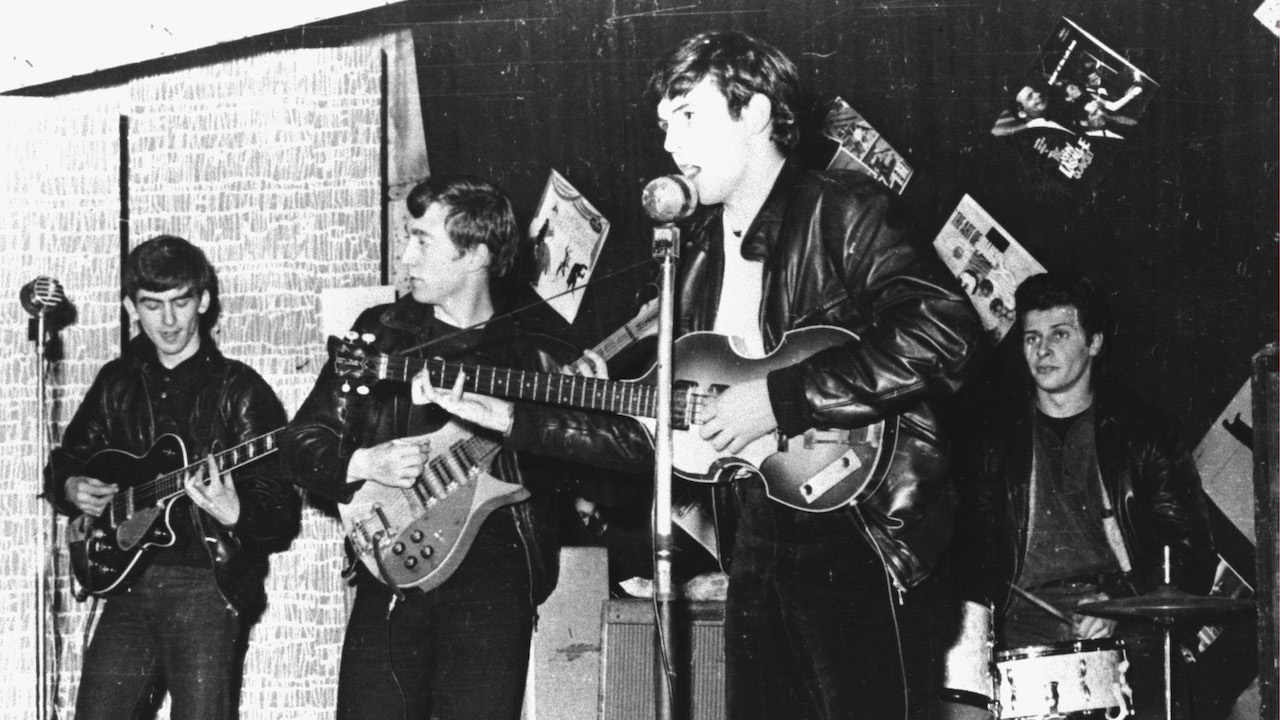
“I think the bass can easily be repaired,” Höfner historian Nick Wass told Chris Dekker, editor of De Bassist magazine in The Netherlands. “I’ve seen guitars and basses in much worse condition. The lacquer has some cracks because it was left in a loft where it can be cold in winter and hot in summer, but that doesn’t matter. The pickups don’t work, so the coils must be replaced, and the scarf joint in the neck is broken.
“A long time ago they tried to string the bass right-handed with very heavy strings, and in the process they butchered the nut, but we can repair the neck, it’s not a problem.
“Paul wants it to be fixed up, so he can play it. He doesn’t want it to be restored as it came out of the factory in 1961, but as it is now. He phoned me when he got it back, which is quite unusual. He was excited as a school boy. So I’m glad he doesn’t want to change anything.”

Nick Wells was the Editor of Bass Guitar magazine from 2009 to 2011, before making strides into the world of Artist Relations with Sheldon Dingwall and Dingwall Guitars. He's also the producer of bass-centric documentaries, Walking the Changes and Beneath the Bassline, as well as Production Manager and Artist Liaison for ScottsBassLessons. In his free time, you'll find him jumping around his bedroom to Kool & The Gang while hammering the life out of his P-Bass.
“Affordable versions of the three best basses I've ever held in my hands”: Sterling by Music Man completes its trilogy of Joe Dart signature models with a trio of made-to-order basses that cost less than $500
“The ace up the sleeve of bass players around the globe since 1978”: Tobias instruments were trailblazers in the bass world. Now they’re back as part of the Gibson family









